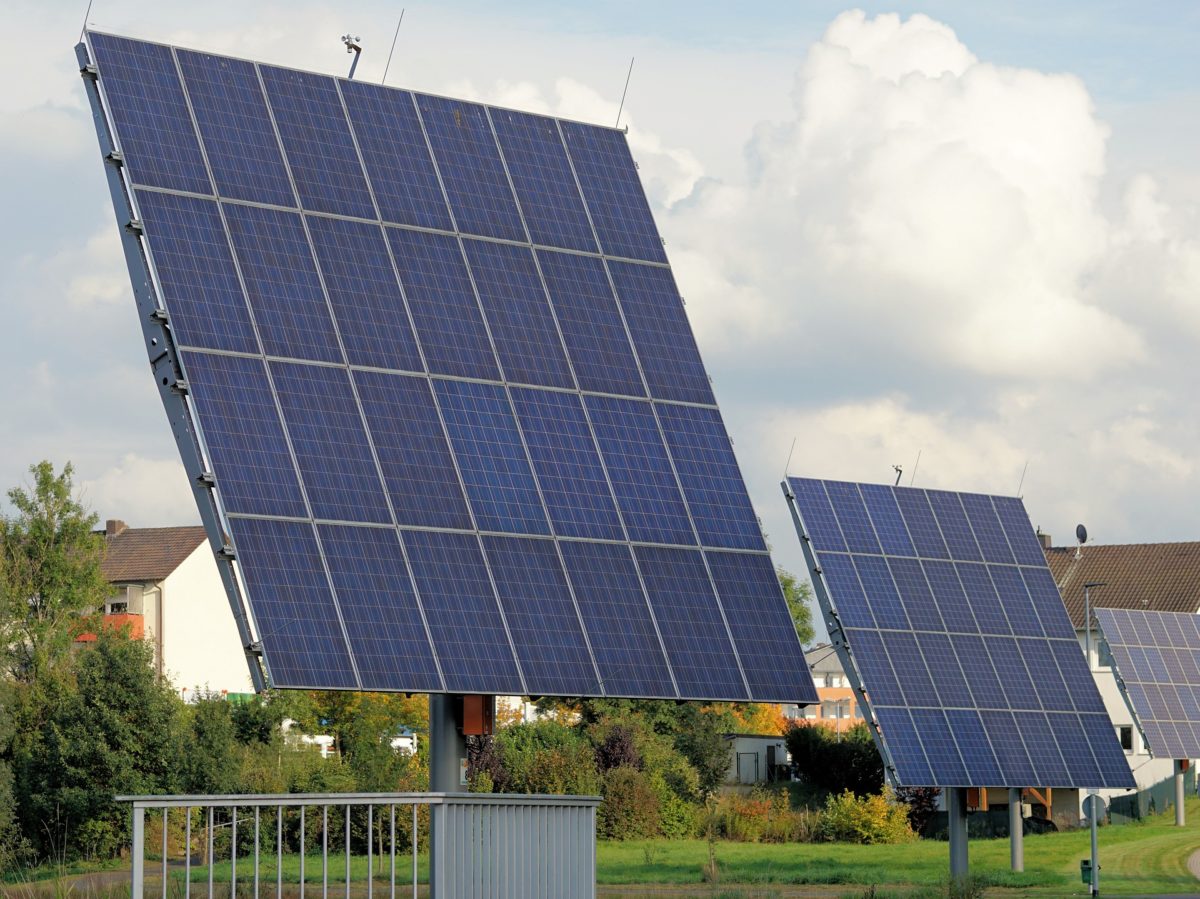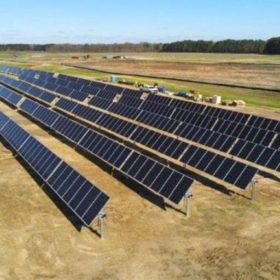One of the biggest issues faced by developers looking to create utility-scale solar projects is siting, specifically the contention and backlash faced by the new project’s would-be neighbors. Such disagreement nearly derailed sPower’s massive Spotsylvania project. Economists from the University of Rhode Island have released a study concluding that solar development is having a negative impact on nearby home values.
The group studied 419,258 property sales related to 284,364 properties within three miles of 208 utility-scale or large commercial solar plants in the states of Massachusetts and Rhode Island. With the property sales studied having occurred before and after installation of the PV fields in question, some 18,000 transactions took place within half a mile of a solar development site and 71,337 within a mile.
With reference to control properties further away from the solar plant sites – and presuming houses near farms and forests would suffer worse depreciation from the arrival of solar than homes near brownfield or capped landfill areas – the researchers established the arrival of a solar park reduced the price of houses within a mile by 1.7% but had no effect further afield. “That’s not an enormous figure, but if you sum all of the properties within one mile of an array, that number becomes pretty big in terms of the total loss of value,” said research co-author, Corey Lang.
The researchers concluded nearby solar installations act as a “disamenity” and said: “This translates into approximately $279 per year that buyers are willing to spend on a home purchase to avoid living near a solar installation.”
Not all findings agree
The idea that large-scale installations drive down home values is not a new issue for the solar industry, and the findings of this new study come in opposition to SEIA’s findings regarding large-scale solar and property values.
According to the organization’s Solar Property Value Factsheet, the idea that large-scale installations drive down home values is a common misconception. SEIA cites a study conducted across Illinois which determined that the value of properties within one mile of a project increased by an average of 2% after installation.
SEIA also cites an examination of five counties in Indiana that found, upon completion of a solar farm, properties within two miles were an average of 2% more valuable compared to their value prior to installation. In an appraisal study spanning from North Carolina to Tennessee, it was found that properties adjoining solar farms match the value of similar properties that do not adjoin solar farms within 1%.
But SEIA is a solar industry organization, so we need to look further.
A study conducted by the University of Texas at Austin in 2018 looked to address this same issue, so researchers conducted a survey of 37 property assessors across 23 states. Almost all respondents (91%) had completed a residential home assessment since a solar facility came online in their county.
After surveying the assessors, the researchers found that estimated property value impacts at all distances and all facility sizes had a median and mode of zero percent. The majority of responses suggested either no impact (66% of all estimates) on home prices, or a positive impact (11% of all estimates), as a result of proximity to solar installations. The only times the respondents alluded to decreased value was on the highest end of the installations used as examples (102 MW) at the closest proximity (1,000 feet or less).
In short, the study concluded that, unless there is a truly massive installation in your backyard, your home’s value is unlikely to be impacted at all, let alone negatively, by the presence of a large-scale, ground-mount solar project.
Outside of large-scale installations, there is also last year’s Zillow report that a rooftop solar installation can raise a home’s resale value by as much as 4.1%.
This content is protected by copyright and may not be reused. If you want to cooperate with us and would like to reuse some of our content, please contact: editors@pv-magazine.com.










By submitting this form you agree to pv magazine using your data for the purposes of publishing your comment.
Your personal data will only be disclosed or otherwise transmitted to third parties for the purposes of spam filtering or if this is necessary for technical maintenance of the website. Any other transfer to third parties will not take place unless this is justified on the basis of applicable data protection regulations or if pv magazine is legally obliged to do so.
You may revoke this consent at any time with effect for the future, in which case your personal data will be deleted immediately. Otherwise, your data will be deleted if pv magazine has processed your request or the purpose of data storage is fulfilled.
Further information on data privacy can be found in our Data Protection Policy.